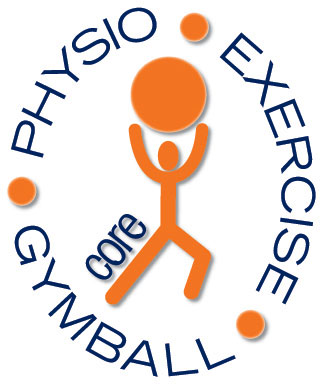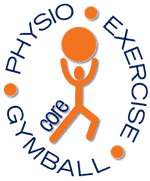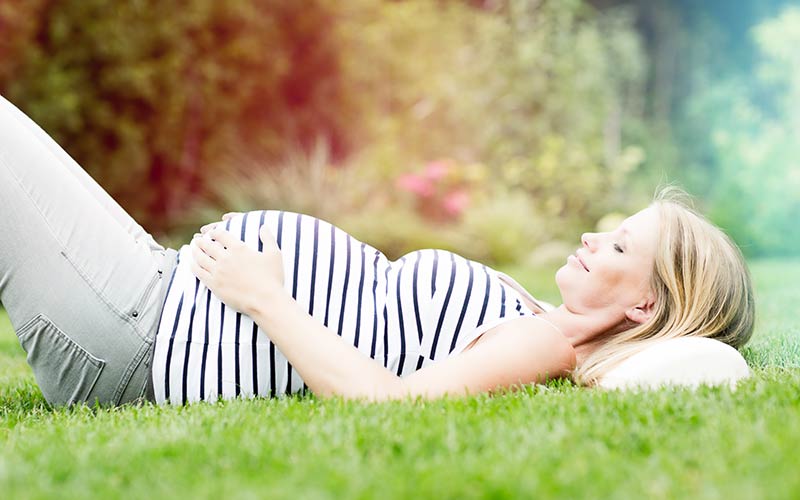During pregnancy, 2 out of 3 women experience a separation of their stomach muscles. Known as diastasis recti, this condition occurs when the “6 pack” abdominal muscles (called the rectus abdominus) begin to pull apart to make room for the growing baby, stretching the fascia that joins them. Separated muscles do not tear or rupture, so little pain is involved.
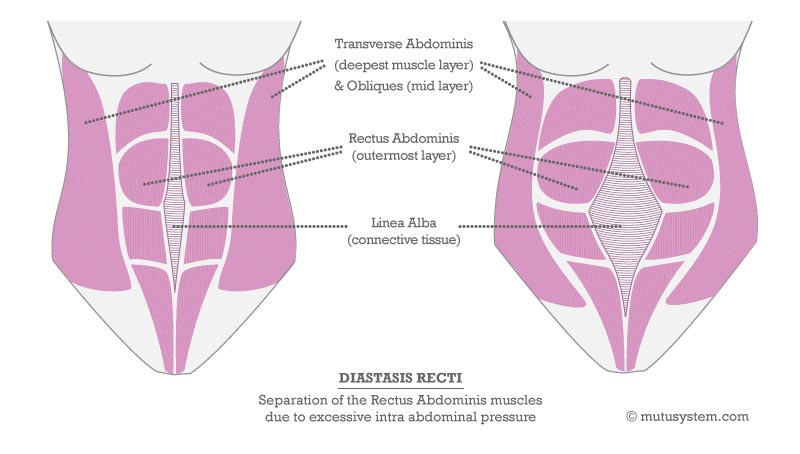
When the separation occurs during pregnancy you can sometimes see a coning appearance or bulging of the abdomen from breastbone down to belly button. This coning effect was made famous recently by the photo on social media of Michelle Bridges doing a sit up in the later stages of pregnancy (not advisable!)
Typically the separation of the abdominal muscles will lessen within the first 8 weeks after childbirth, however the connective tissue can remain stretched for some postpartum women. If left untreated, separated muscles can increase the risk of lower back pain (due to the fact that the abdominal muscles help to support your back and spinal column) Some women also find the cosmetic appearance of abdominal separation, and the remaining abdominal protrusion, distressing. Additional complications can manifest in weakened pelvic alignment and altered posture.
The best way to assess for separated abdominal muscles is to ask your midwife or physiotherapist to assess you. To do a quick self-assessment you can lie on your back with your knees bent and your feet flat on the floor. Slowly raise your head and shoulders off the ground. This should cause your abdominal muscles to tighten. Place your index and middle fingers just below your belly button. Press into your abdomen with your fingers. You should feel a soft gap between two hard muscles. Measure the space of the gap using your fingers. If the gap is greater than one finger width, you may be suffering from separated muscles so professional advice should be sought.
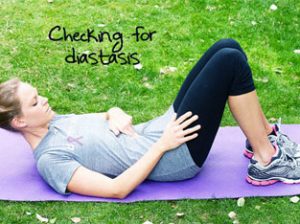 If you are suffering from large separated muscles in the postpartum period, it is important to take steps to reduce the separation. Current treatment recommendations involve bracing the abdomen with a compression garment as soon as possible post partum for those with large diastasis. There are many different supports available so get advice on the most appropriate one for you. Some hospitals will provide tubigrip to help support the abdomen. Bracing can be effective for up to 12 months post partum to assist with the closure.
If you are suffering from large separated muscles in the postpartum period, it is important to take steps to reduce the separation. Current treatment recommendations involve bracing the abdomen with a compression garment as soon as possible post partum for those with large diastasis. There are many different supports available so get advice on the most appropriate one for you. Some hospitals will provide tubigrip to help support the abdomen. Bracing can be effective for up to 12 months post partum to assist with the closure.
The next step is ensuring correct activation of the deep abdominal muscles and exercises to assist in the closure. The deep abdominal muscles act as a corset to support the back and abdominal organs so keeping them strong is crucial. Physiotherapists can show you how target these muscles with specific exercises, and help you recognise what it feels like when the muscles are correctly activated. For most women, individualised exercise plans and group physiotherapy exercise sessions are excellent ways of focusing on rebuilding strength in your abdominal and pelvic floor muscles, improve core control and reduce your abdominal separation.
Core Gymball physiotherapist run classes in Menai have a specific focus this term on the abdominal muscles. This is a perfect opportunity to be assessed by their experienced team for your abdominal separation and to work together to strengthen core muscles.
For more information call (02) 9545 0134 or 0438 448 738.
